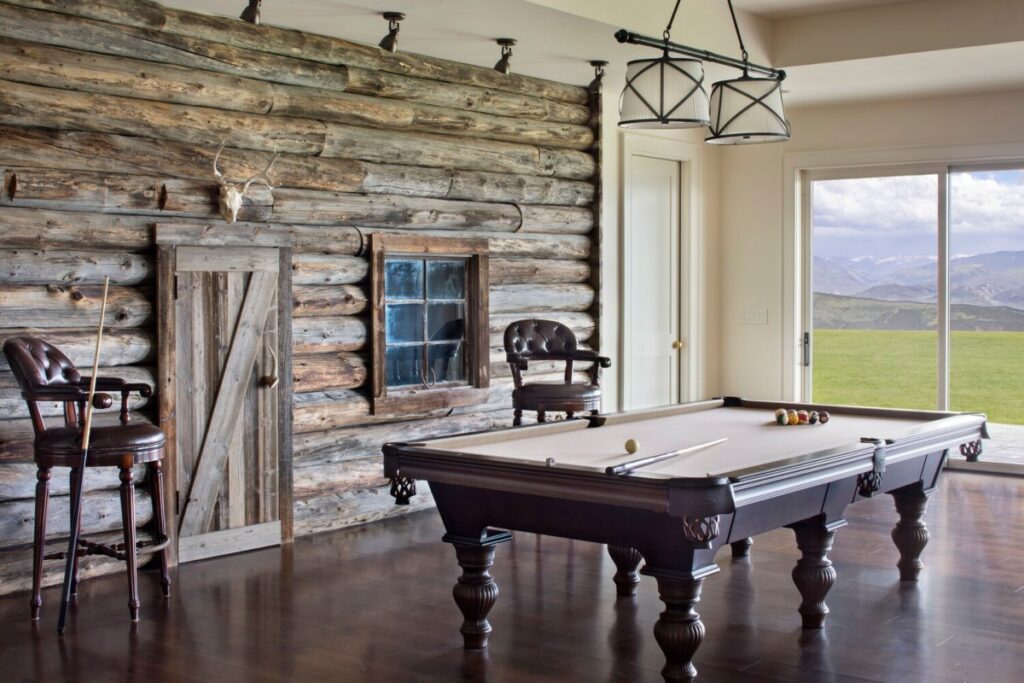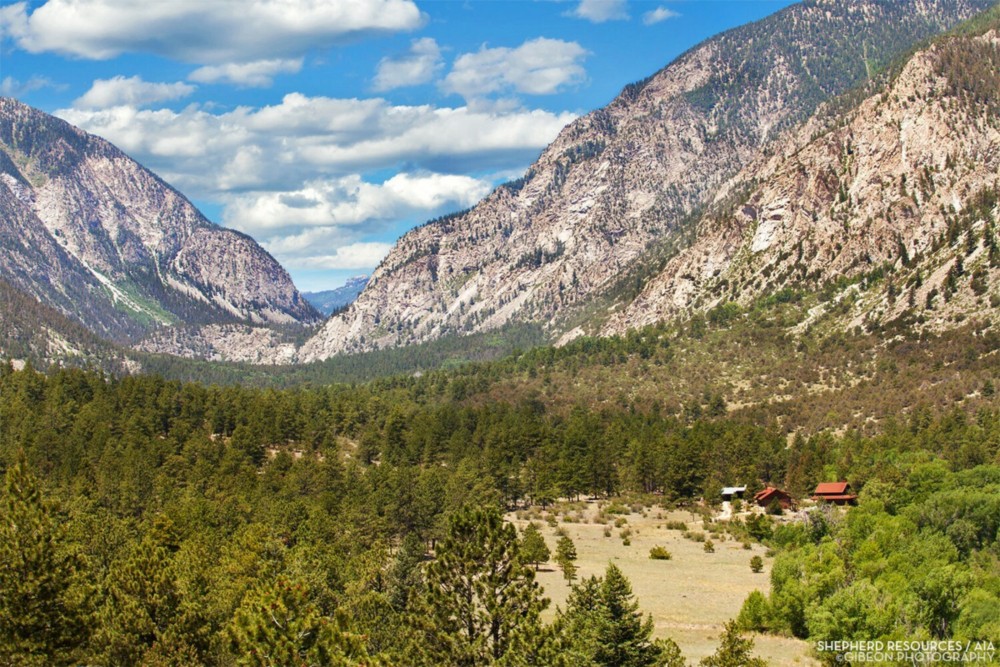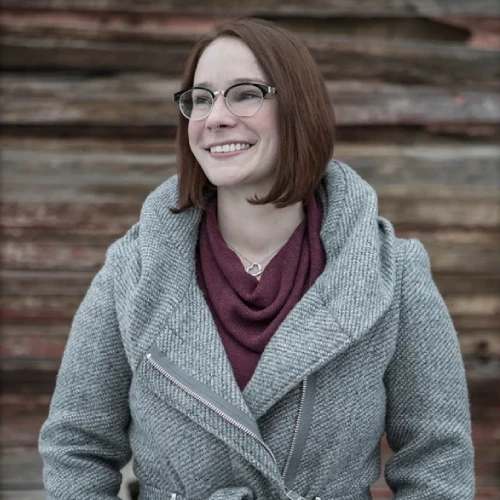Outside professional agriculture, the terms “ranch” and “farm” often get tossed around interchangeably, but they refer to distinct types of operations. A ranch typically focuses on raising grazing animals like cattle, sheep, or horses, often involving extensive animal husbandry practices and specific ranch architecture suited for these activities. On the other hand, a farm primarily aims to cultivate crops, although it may include some livestock.
Understanding the difference between a ranch and a farm isn’t just about semantics; it’s crucial for anyone looking to delve into agricultural ventures. While ranchland is usually more affordable per acre than farmland, both serve as the basic facility of food production Yet, they each have unique demands and opportunities, making grasping their specific roles and characteristics essential.
Understanding the Difference Between Ranches and Farms

Understanding the differences between ranches and farms is for more than just agriculture insiders. These terms, though often used interchangeably, have distinct meanings and roles.
Definition of a Ranch
A ranch is a specific type of farm that raises animals like cattle, sheep, or other domestic animals found on farms. Ranchers spend much time on horseback or ATVs tending to the livestock. A small garden or crop area might exist, but their main economic focus is livestock management. Unlike general farms, ranches center on breeding, raising, and herding animals rather than cultivating the land. Many ranches harvest timber and fish while practicing sustainable land and resource management.
Definition of a Farm
A farm generally focuses on producing food through growing crops or raising animals for various agricultural purposes. It can produce everything from grains to vegetables and offer additional services like lodging or fresh meals. While some farms might include a mix of crops and small poultry, the primary focus remains agricultural production. Farms range from small family setups to large-scale corporate operations, each uniquely contributing to the agricultural landscape.
In sum, while the distinctions between farm vs. ranch seem slight, they matter significantly to those invested in agriculture. Whether one’s passion lies in crop production or livestock, understanding these terms ensures a better grasp of their roles and opportunities.
Key Differences Between Ranches and Farms
When weighing the pros and cons of a farm vs ranch home, it’s essential to grasp their unique characteristics. These distinctions shape how each operates and what they produce.
Size and Scope
Ranches, spanning vast territories, prioritize grazing animals like cattle, bison, sheep, and goats. The expansive land supports the animals’ need to roam and graze responsibly. You won’t find a ranch in your backyard; picture sprawling landscapes teeming with livestock instead.
Farms vary in size. They can be as small as a backyard garden or as extensive as a commercial enterprise. A farm’s scope adjusts based on the crops grown or the animals raised. Industrial farms often combine vast tracts with advanced machinery. From growing wheat fields that stretch for miles to multi-story greenhouses, farm sizes adapt to their agricultural goals.
Primary Activities
Caring for livestock defines a ranch’s primary activity. Ranchers’ daily activities focus on managing water, feed, transport, and pest control for their animals. They work diligently to maintain suitable grazing conditions, ensuring the grass remains lush and healthy. Keeping a close eye on the herd, they performbranding, herding, and health checks. A ranch thrives on keeping its animals in prime condition for meat production.
Farms, however, play a broader role in agriculture. They cultivate crops ranging from feed corn and soybeans for livestock to strawberries and lettuce for the farmer’s market. Farm activities include plowing fields, planting seeds, adding fertilizer, managing pests, and harvesting crops. Additionally, some farms raise animals for milk, eggs, or wool, diversifying their agricultural pursuits. Whether you’re milking cows at dawn or harvesting pumpkins in the fall, farm life varies with the seasons and the products.
Understanding these key differences can make all the difference when deciding between a ranch’s holistic landscapes and a farm’s diverse agricultural endeavors.
Exploring Types of Ranches and Farms
Agriculture offers diverse operations, from farms teeming with crops to ranches filled with livestock. Understanding these types of businesses can clarify the farm vs ranch debate.
Farm Types Based on Products
Farms come in various forms depending on the primary products they produce. Some common types include:
- Crop Farms: Specialize in growing grains, vegetables, or fruits. Examples include wheat farms and orchards.
- Dairy Farms: Focus on raising cattle for milk production. Cows return to the barn each night for milking. Some farms utilize unique dairy animals like buffaloes, goats, sheep, and camels.
- Poultry Farms: Raise chickens, ducks, geese, or turkeys for meat and eggs. Automated systems often manage feeding.
- Mixed Farming: Involves combining crop cultivation with livestock raising. Combining crop cultivation and livestock raising, farmers may plant corn, care for fruit trees, and rear pigs on the same farm.
Each type prioritizes different farming techniques and resources, shaping its operations and challenges.
Ranch Types Based on Livestock
Ranches, on the other hand, mainly concentrate on livestock. Different types of ranches include:
- Cattle Ranches: Cattle ranches primarily focus on beef cattle, which graze over vast expanses and rarely need to return to a central barn. Effective management of these large animals involves specialized containment and rotational grazing techniques. Innovations like drones, smart fencing, and AI-driven analytics are helping farmers optimize operations, reduce labor costs, and enhance overall productivity.
- Sheep Ranches: Focus on producing wool and meat. Shepherds might use herding dogs or ATVs to manage flocks. Technological advancements in sheep farming, such as automated shearing machines, electronic identification systems, and precision agriculture techniques, have significantly improved efficiency, animal welfare, and farm management.
- Horse Ranches: Often breed and train horses for riding, racing, or work purposes. Ranchers invest in extensive training facilities. Ranch managers now utilize tools like GPS tracking, robotic equipment, and specialized software to efficiently manage daily tasks, ensure animal welfare, and optimize overall ranch operations.
These ranches depend on vast swathes of land to allow animals to graze freely. Ranches often use highly trained livestock guardian dogs to keep the animals safe while moving freely. The choice of livestock influences the ranch’s methods and tools, from horses to pickup trucks.
Farm vs. ranch considerations involve assessing whether to pursue crop production in a more controlled environment or livestock raising on sprawling lands. Each path brings unique rewards and obstacles, helping shape the landscape of American agriculture.
Pros and Cons of Owning a Ranch or Farm
Deciding between owning a ranch or a farm involves weighing several factors. Both have their unique advantages and challenges that should be considered.
Advantages of Ranch Ownership
Owning a ranch brings the freedom of vast open spaces. Ranchers typically manage extensive lands, providing ample room for livestock and recreation. This can lead to healthier animals since they naturally graze and exercise. Moreover, ranches often have fewer buildings and infrastructure to maintain, focusing more on land management.
Advantages of Farm Ownership
Farms offer versatility. Owners can cultivate crops, raise livestock, or do both. Farms allow for diverse revenue streams, like selling crops, dairy products, and meat. With more minor land requirements than ranches, farms can be more accessible to manage and staff. Modern farming technology makes processes more efficient, increasing productivity.
Challenges Faced by Ranchers and Farmers
Ranchers face issues like harsh weather, extensive land maintenance, and the constant need for livestock monitoring. Farming also presents challenges: crop dependency on weather, the risk of pests, and the necessity of crop rotation. Both industries demand significant investment, time, and labor, making them demanding yet rewarding endeavors.
Choosing Between a Ranch and a Farm
Deciding between starting a ranch or farm depends on individual preferences, goals, and capabilities. Consider the following factors to make an informed choice.
Considerations for Potential Owners
Vast stretches of land are essential for ranch owners. Expansive land ranges allow livestock to roam freely, contributing to their health, and considerate grazing rotations increase the ecosystem’s well-being. On the other hand, farms can be smaller and more varied, accommodating anything from crops to dairy cattle.
- Property Size: Larger plots of land are necessary for ranching due to the need for grazing. Farms can thrive on smaller property sizes if the focus is crop farming or dairy production.
- Physical Demands: Ranch operating commonly requires over 20 hours of manual labor weekly. Farm work can also be labor-intensive, with tasks varying significantly based on the type of crops or livestock managed. Large, high-tech equipment is the linchpin of modern GPS-guided farming.
- Experience and Knowledge: Hands-on expertise through formal education and real-world practice is invaluable. Farmers and ranchers need a solid understanding of agricultural practices, livestock care, and land management. Most professionals learn the trade through working for an expert and boluster those skills with professional degrees.
- Financial Considerations: Thriving in these professions requires considerable initial investment and continuous operating expenses. Assessing startup and maintenance costs is crucial in making an informed decision.
- Climate and Geography: Some regions are better suited for ranching due to favorable grazing conditions, while others may be ideal for crop production. Consider the local soil quality, weather patterns, and resource availability.

Lifestyle Implications
Choosing between a ranch and a farm profoundly impacts lifestyle. Ranchers often spend their days outdoors, managing livestock across sprawling lands. In contrast, farmers might split their time between fields and indoor facilities like barns or greenhouses.
- Daily Routine: Ranching involves considerable outdoor work, often in varying weather conditions. For example, herding cattle requires more physical endurance. Farming can blend indoor tasks like machinery maintenance with outdoor crop management.
- Family Involvement: Both ranching and farming can be family ventures. Farming might offer more tasks suitable for all family members, such as tending gardens or managing small livestock like chickens. Ranching often requires specialized roles that might limit family participation.
- Community and Social Life: Ranchers might experience more isolation due to the vast areas they cover and the time spent away from community centers. Farmers, especially those near urban areas or part of cooperative networks, might enjoy stronger social connections and community support.
- Stress and Reward: Both paths come with their own set of stressors, from market fluctuations to weather challenges. However, they also offer immense satisfaction from nurturing life and producing food. The tangible results— a flourishing herd or a bountiful harvest—make the hard work worthwhile.
A Look at Ranch-Style Homes
Ranch-style homes embody the essence of this practical design philosophy. Inspired by ranches’ sprawling layouts, these dwellings prioritize a seamless flow from one space to another and a connection with the surrounding environment. Large windows and sliding glass doors blur the boundaries between interior and exterior spaces, fostering a harmonious relationship with nature. This deliberate integration of indoor and outdoor living perfectly complements the lifestyle associated with ranches, encouraging residents to embrace the surrounding landscape as an integral part of their daily lives.
Conclusion
Choosing between a ranch and a farm depends on various factors like property size, physical demands, and financial considerations. Each offers unique challenges and rewards shaped by climate, geography, and personal experience. Lifestyle implications also play a crucial role in affecting daily routines, family involvement, and community life. Whether one leans towards livestock grazing or crop farming, both require substantial investment and labor. Ultimately, ranching and farming present rewarding opportunities in the agricultural sector, catering to different preferences and needs.













